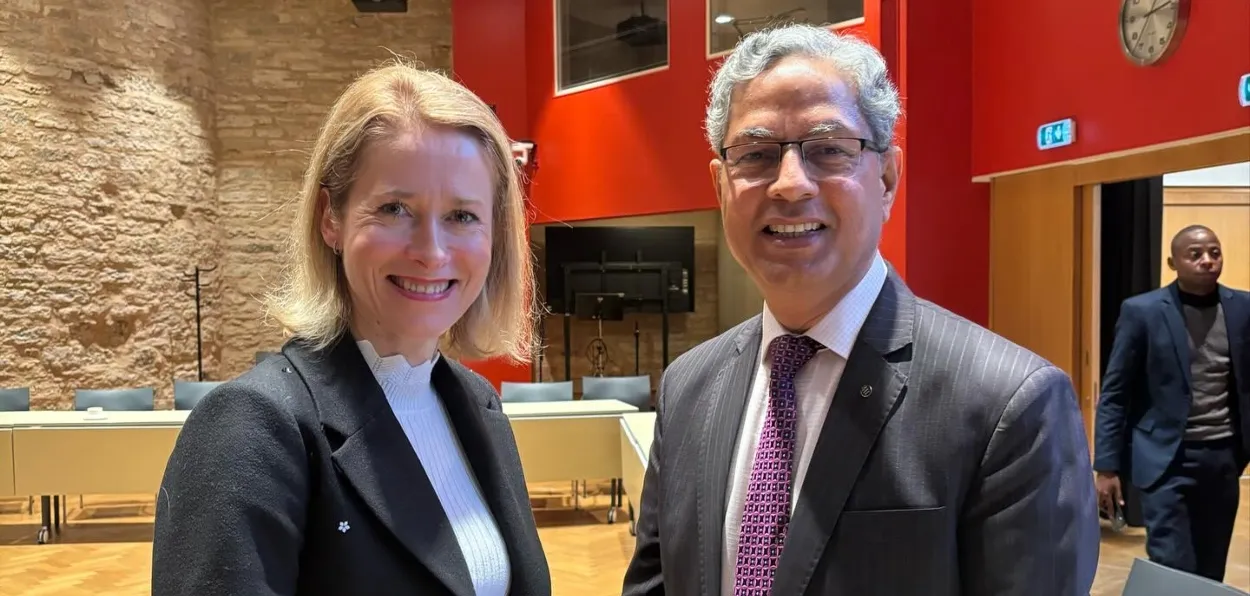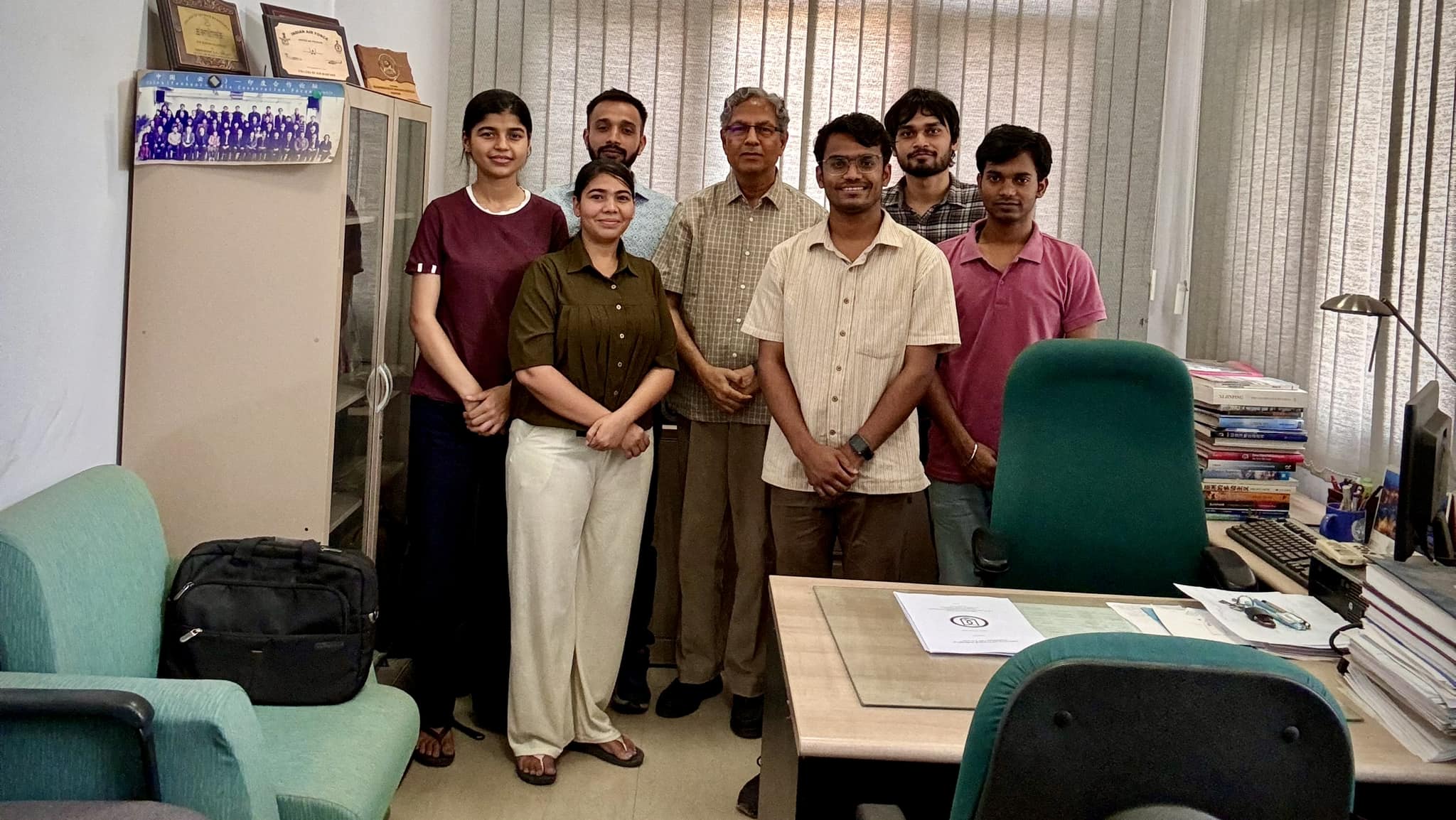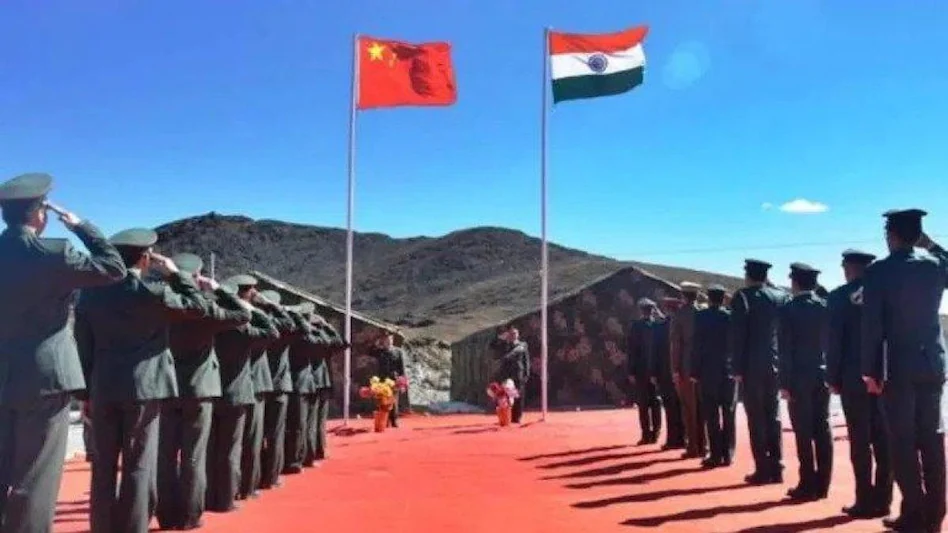
 Aditi Bhaduri
Aditi Bhaduri
Prof. Swaran Singh teaches International Relations and Disarmament at the Jawaharlal Nehru University, New Delhi, and is President of the Asia Scholars' Association. In this interview with Aditi Bhaduri, he talks about India-China relations and the probable trajectory of these relations under Modi 3.0. Excerpts from the conversation:
On the eve of elections PM Modi had struck a reconciliatory stance on China in an interview with the international media. On his re-election, he thanked the Taiwanese President who had congratulated him, and wrote on X that he looked forward to closer India-Taiwan ties. China has taken umbrage to this. Your What are thoughts on these?
Interview Of The Week
It is an expected courtesy amongst leaders to congratulate newly elected leaders, especially the Prime Minister of India, which is the world’s largest democracy with nearly one billion voters. Likewise, it is also a courtesy for the newly elected leader to routinely reciprocate such good wishes with a standard format of promising to work for better mutual relations. Of course, such messages being exchanged between India and Taiwan could invite unwanted attention and are expected to make Beijing upset as China regards Taiwan as its renegade province, having no standing as an independent nation.
However, India’s ‘One China’ policy never recognizes Taiwan as a sovereign nation and Beijing fully understands India’s Taiwan posture. This stands vindicated once again by a strongly muted response that came from the spokesperson of China’s Ministry of Foreign Affairs who was asked to respond to this exchange of messages. It was interesting that in both back-to-back questions on this, the spokesperson simply accused Taiwan of such a misdemeanor without blaming India. Moreover, within hours, this report was deleted from China’s Ministry of Foreign Affairs website which reflected China’s mature understanding of such an exchange of messages not being worth creating any further irritations in India-China relations. It is also possible that the Indian side may have also contributed to the mature management of these exchange of messages but that will remain unknown till archives become open several decades down the line.
On assuming office External Affairs Minister Dr. S.Jaishankar said: "Our focus about China will be on finding a solution for the border issues.” How hopeful are you about this? Do you think a solution to the border issue will be easy to find?
Without a doubt, the solution to the India-China border cannot be an easy proposition. This is the world’s longest - both in (terms of) space and time - border dispute that involves territorial claims over 130,000 square kilometers. This is larger than the size of several nations around the world. This also involves terrain which is rather difficult to demarcate on the ground. These territories involve glaciers, tropical forests, and mostly uninhabited lands except a few places in the middle sector where the clash in claims is also minuscule compared to the clash of claims in Eastern and Western sectors of their border. This makes it near impossible to evolve a shared understanding of mutual historical claims based on folklore about who was grazing or taxing these lands in the past, with few official documents or maps from their ancient past. Indeed, until their liberation from their imperial subjugation, India and China were largely compilations of various empires, kingdoms, and principalities loosely knitted together with the Himalayas loosely defining their frontiers.
 Prof Swaran Singh with PhD scholars in his office
Prof Swaran Singh with PhD scholars in his office
Independent India, which had a peaceful transfer of power and inherited British India’s mandate, depended on boundary lines that were defined and demarcated by British India. China, on the other hand, had a violent revolution liberating itself from its imperial and bourgeoise past and it defies these lines as symbols of imperial humiliation of China. Even the India-China Line of Actual Control (LAC) has [called forth] confusion at over a dozen points and more. But what is important is their shared commitment to peacefully resolve their border problem and this commitment has been codified in over a dozen agreements since the early 1990s. What also gives hope is their repeated enunciations to together explore and ensure peace and tranquility in their border areas till both sides can find some kind of final solution.
The swearing-in of Modi 3.0 government coincided with the terror attacks in Reasi and a mention of Jammu and Kashmir in the joint statement by China and Pakistan during Prime Minister Shahbaz Sharif's visit to Beijing. How do you interpret this move by China?
First, terrorists always try to inflict violence that would make media headlines. Terrorists always choose their targets and timings keeping this in mind to draw attention to their cause. Terrorists aim to kill one watched by millions instead of trying to kill millions which is never possible, especially in a powerful state like India. This explains why terrorists tried to strike again during the widely attended and publicized third-time swearing-in of Prime Minister Modi which was attended by seven national leaders of the South Asia/Indian Ocean region and over 8,000 other selected delegates from across India and abroad. However, there is also no doubt that the last decade has witnessed terrorist incidents coming virtually to a halt. That is the reality.
Likewise, the joint statement of China and Pakistan is also understandable and is in line with their track record where China has only a few times distanced itself from Pakistan to side with India. No doubt, Pakistan remains China’s closest ally. Nevertheless, the timing of such a joint statement does make it counterproductive for recent reconciliatory gestures from Indian leaders.
In his earlier tenures, Prime Minister Modi had made several overtures to China as we saw with the Wuhan and Mamallapuram informal summits. Do you think we will see any such overtures in the future and why?
To first answer your ‘why’ question the revival of extremely innovative and effective ‘Informal Summits’ between Prime Minister Modi and President Xi Jinping remains the only way to resolve India-China border tensions. The two such summits in 2018 and 2019, which happened amid increased tensions, had established an impressive record of concrete outcomes. It is, however, difficult to guess when both sides will reach a consensus to revive these Informal Summits. The fact that India did not even have a Chinese Ambassador for the last 18 months till May this year does reflect a recalcitrant posture as far as Beijing is concerned. Especially so as an Indian Ambassador remained in position in Beijing all this time. Conversely, the placement of the Chinese Ambassador in New Delhi should also create positive vibes for improvement in mutual interactions.
 Indian and Chinese troops on border
Indian and Chinese troops on border
Do you see any connection between the renaming of several places in Tibet by India and the recent bill passed by the US Congress on Promoting a Resolution to the Tibet-China Dispute Act? Do you think these actions will yield any concrete results?
China issuing its maps that include parts of India’s Arunachal Pradesh is nothing new and has happened before as well. For China, these are routine matters though its timings may betray some mischief on their part. Likewise, the US Act on Promoting a Resolution to the Tibet-China Dispute also must be seen as part of US-China geopolitical contestations. Since the mid-1970s, there has been little coordination between US-India Tibet policies unless the future reveals anything different when archives become available. At best, such Acts of the United States may have some indirect impact on India’s Tibet policy but nothing more than that. Also, rising India will have to deal with its challenges on its own and this has been repeatedly clarified to the US by Indian leaders saying that India will not need any of their mediation and is fully capable of addressing its China challenge.
As someone who knows China so well, what in your opinion should the future trajectory of India-China ties?
First of all, the future of India-China relations will be like no other example in the past. These are the world’s most populated nations — the third largest US is only one-fourth of either India or China. These are also continuing civilizations with a history of several millennia that are today the world’s fastest growing and largest economies (respectively fifth and second largest) which are transforming beyond imagination. These are also nuclear weapon states with the world’s two largest militaries with respectively third and second-largest defense budgets. These are also the two with the world’s largest disputed border that has sporadically seen tensions including the border tensions of the last four years that have witnessed huge forward military deployments.
However, India and China also remain conscious of not allowing mutual tensions to disrupt their historic rise which is vindicated by their 21 rounds of core commander-level talks and half a dozen rounds of their Working Group on Consultation and Coordination on Border Affairs, held during these last four years. Even Modi and Xi have had several meetings during various multilateral fora including their brief bilateral interactions on the sidelines of at least two such multilateral interactions
ALSO READ: Why is Azerbaijan not focused on cultivating good relations with India?
This lends hope that, like in the past, if not better, both will be able to constructively manage their tensions. Most importantly, the fact that their interactions at multilateral forums have invariably witnessed both India and China having similar, if not identical, visions and strategies in addressing various regional and global challenges has gradually also created positive spin-offs for their bilateral relations. The more India and China become global the more will become their mutual understanding quotient. Both New Delhi and Beijing should be inspired by their historic opportunity to work together to reform global governance that must be made representative of our current world where both India and China find their due space and voice in various post-World War II global governance institutions. How long will it take for both countries ' powerful leaders — who are both now in their third term in office — to overcome these myopic domestic and bilateral distractions to build their legacies for posterity can be anybody’s guess.
Aditi Bhaduri is an analyst on Central Asia and West Asia
